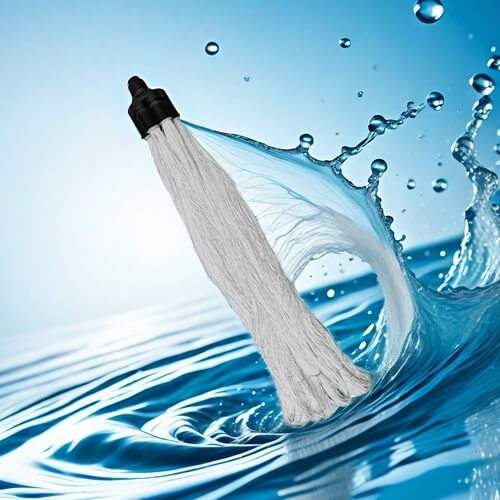Sharing of aquaculture wastewater treatment cases
Aquaculture wastewater treatment is a vital environmental protection mission for farmers and farms. This is not only because the treatment costs will directly affect the cost and benefits of breeding, but also because if it is not properly treated, it will cause extremely serious pollution to the environment. Next, we will introduce in depth the specific process and principle of wastewater treatment in a farm with a daily treatment capacity of 300 tons.
1. Composition and characteristics of wastewater
300 tons of aquaculture wastewater mainly comes from pig manure, pig house flushing wastewater and domestic water. This type of wastewater belongs to high-concentration organic wastewater. It has the following characteristics:
Organic matter concentration: 12000mg/L.
Ammonia nitrogen concentration: 800mg/L.
Suspended matter concentration: 20000mg/L.
These high-concentration organic matter, ammonia nitrogen and suspended matter have become key pollutants in wastewater treatment, and are also the focus of supervision by environmental protection departments.

2. Treatment methods and principles
In order to effectively treat these high-concentration wastewaters, we adopted the method of pretreatment plus biochemical treatment:
First, through solid-liquid separation and physicochemical treatment in pretreatment, most of the suspended solids and other pollutants in the aquaculture wastewater are removed, so as to ensure the stable operation of subsequent biochemical treatment.
USR process (upflow anaerobic sludge bed):
Principle: The USR process uses anaerobic organisms to decompose organic matter and reduce the content of organic matter in the wastewater.
Effect: In the anaerobic stage, the removal rate of COD (chemical oxygen demand) can reach more than 85%, which effectively removes most of the organic matter.
SBR process (sequencing batch activated sludge process):
Principle: The SBR process is an intermittent aerated activated sludge treatment method, which completes the reaction, sedimentation, drainage and sludge discharge and idle processes through different operation stages.
Effect: In the SBR stage, not only can organic matter be removed, but also pollutants such as ammonia nitrogen, total nitrogen and total phosphorus can be effectively removed.
3. Ammonia nitrogen removal
Process: ammoniation → assimilation → nitrification → denitrification.
Result: Through the above biochemical process, ammonia nitrogen is gradually converted into harmless nitrogen gas.
4. Phosphorus removal
Process: phosphorus removal bacteria take up phosphorus → release phosphorus → discharge of phosphorus-containing sludge.
Result: Phosphorus removal bacteria take up phosphorus in wastewater, convert it into phosphorus-containing sludge, and finally remove it by discharge.
5. Subsequent treatment and disinfection
Wastewater after biochemical treatment usually needs further treatment, mainly including:
Chemical phosphorus removal: further remove phosphorus in wastewater by adding chemical agents.
Oxidation pond or oxidation method: use natural or artificial oxidation ponds to further purify water quality with the help of microorganisms.
Disinfection treatment: carried out in disinfection pools, usually using chlorine or other disinfectants to ensure that wastewater meets discharge standards.
Through the above treatment process, farms can significantly reduce wastewater treatment costs and reduce the average cost per animal. At the same time, effective treatment of aquaculture wastewater not only meets environmental protection requirements, but also helps to improve the sustainable development capacity of the aquaculture industry.
The treatment of aquaculture wastewater is indeed a complex process, which requires the selection and optimization of processes based on specific circumstances. Through reasonable design and operation, farms can achieve low-cost and high-efficiency wastewater treatment, which can protect the environment and improve economic benefits.
